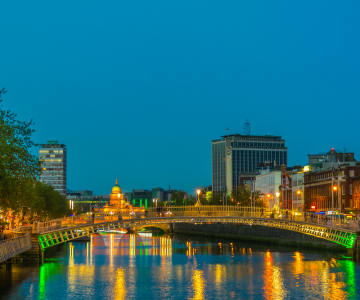
6 Ways to Celebrate Christmas in Dublin 2025
Want to experience the best of Christmas in Ireland?
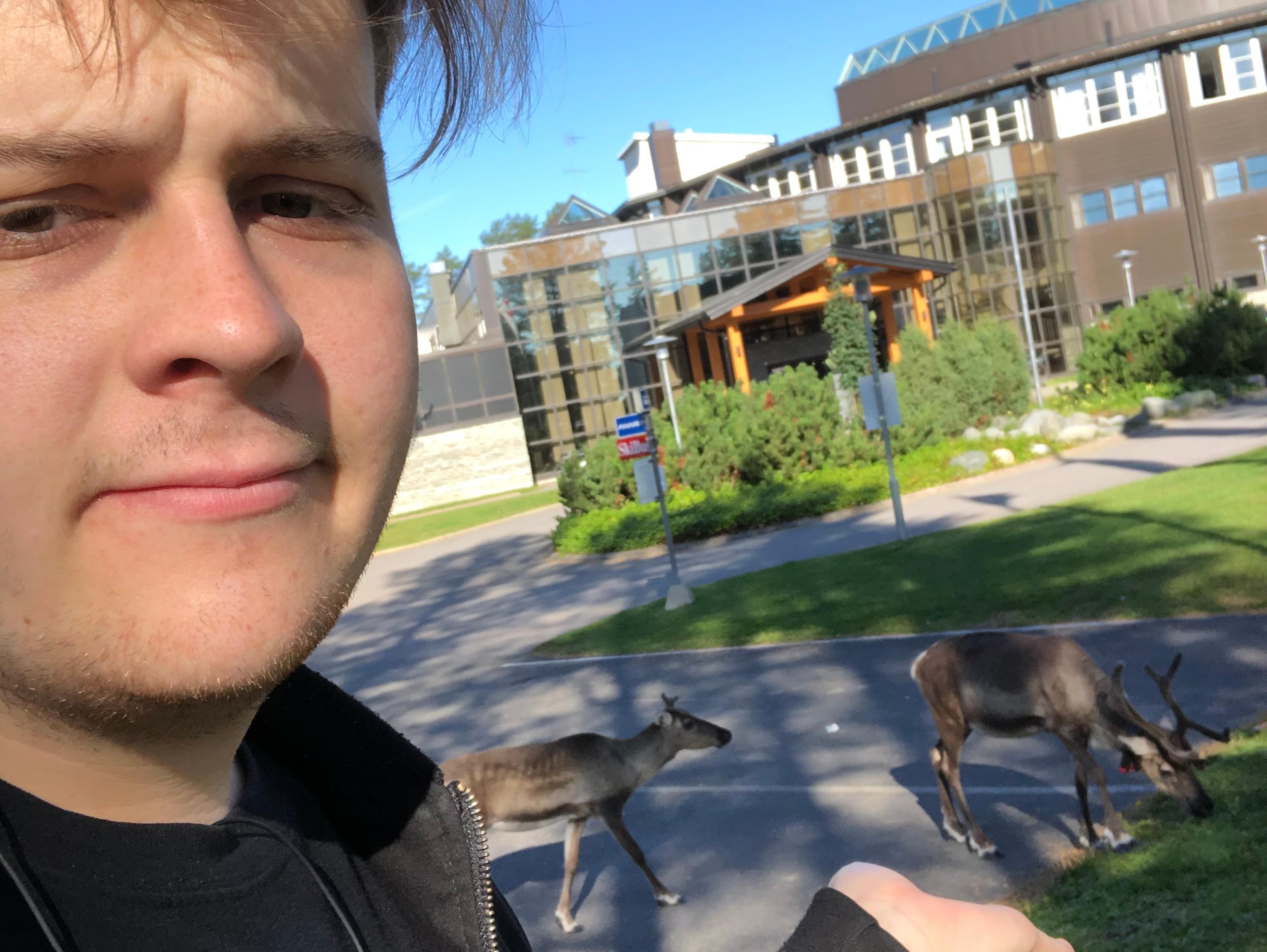
Billy Hunter
Dublin is well-known for its live music and Guinness, but did you know that it was also a UNESCO City of Literature?
Home to famous writers and playwrights such as James Joyce, Samuel Beckett, and Oscar Wilde, the words and journeys of these writers have left marks all over the city. We’ve collected them here for your next big adventure into the Irish capital.
If you’re a bit of a bookworm, a longtime lover of Joyce, or simply curious about why tourists keep buying lemon soap, look no further than our guide to exploring Literary Dublin.
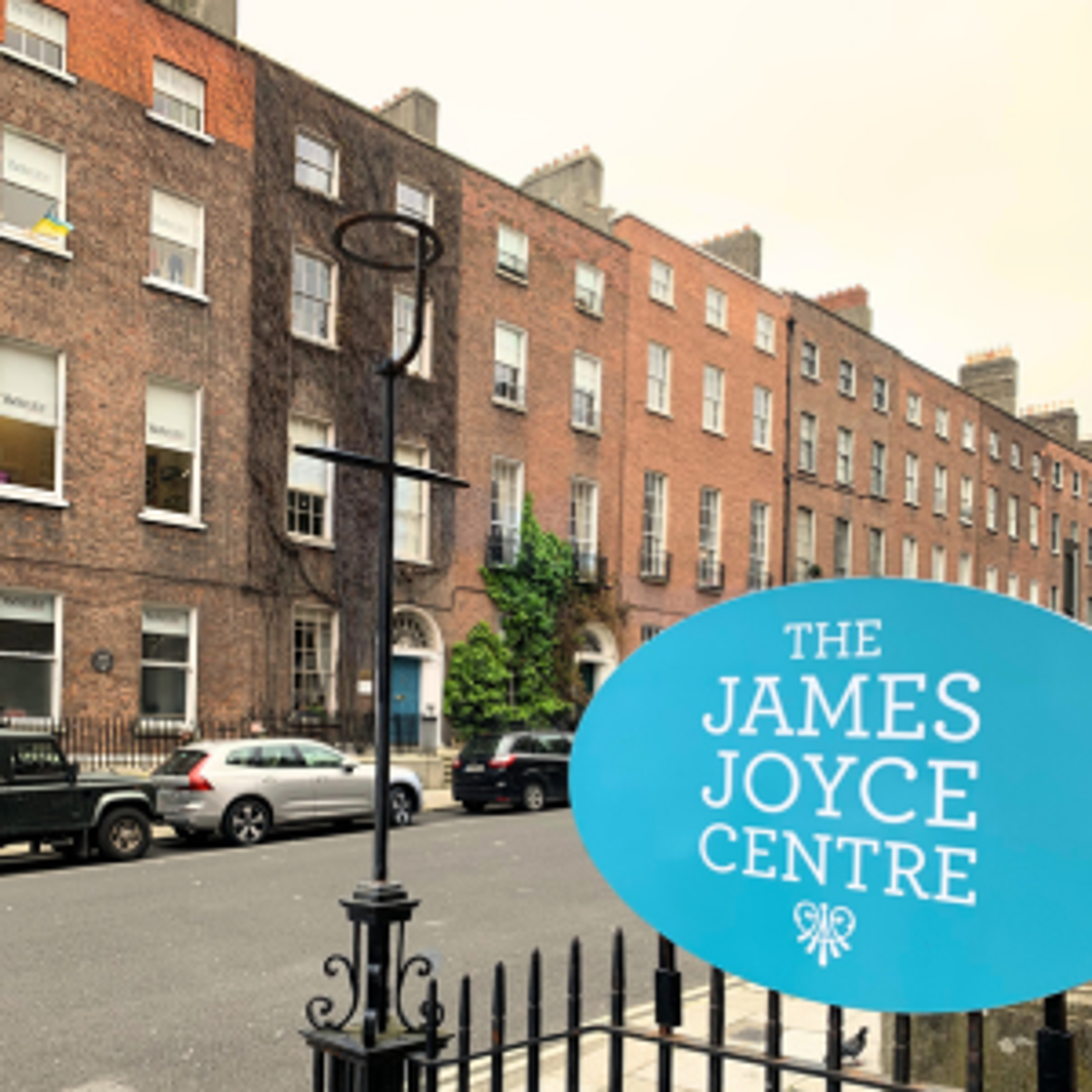
James Joyce was born in Dublin in 1882 and went on to join the likes of Virginia Woolf and T.S Eliot in his contributions to Modernist literature. He is best known for his work, Ulysses, a great epic that takes its name from Homer’s Odyssey. Instead of a ten-year journey across real and fantasy landscapes, however, Joyce’s journey is firmly rooted in the city, travelled across by his hero, Leopold Bloom, in the short space of a day. Be warned, though, before you pick up a copy - Ulysses is well known for being a difficult read, good luck!
Joyce set out to rebuild Dublin in words, once claiming that if the city ‘one day suddenly disappeared from the Earth it could be rebuilt out of my book.’ Walking through the city centre is like walking through a real and an imagined history: crossing the paths of both Joyce and his characters. Beginning at the James Joyce Centre, you’ll start your journey in the footsteps of Mr Denis J Maginni, who opened the same building as a dance academy in the 19th Century. He also appears as a character in Ulysses.
Here, you’ll find out everything you need to know about Joyce’s life and work. Alongside permanent collections are regular temporary exhibitions, including an art exhibition introducing Ulysses by Suzanne Freeman and a collection of artefacts highlighting the importance of Joyce’s professional relationships with women. The Centre also holds talks and events throughout the year, so keep an eye out.
Don’t Miss: The museum’s charming recreation of Paul Leon’s apartment in Paris, using the original furniture. Joyce wrote Finnegan’s Wake, his final novel, here.
There are so many beautiful bookshops in Dublin, but if you’d like to avoid walking for miles, Books Upstairs and Hodges Figgis are just across the road from each other.
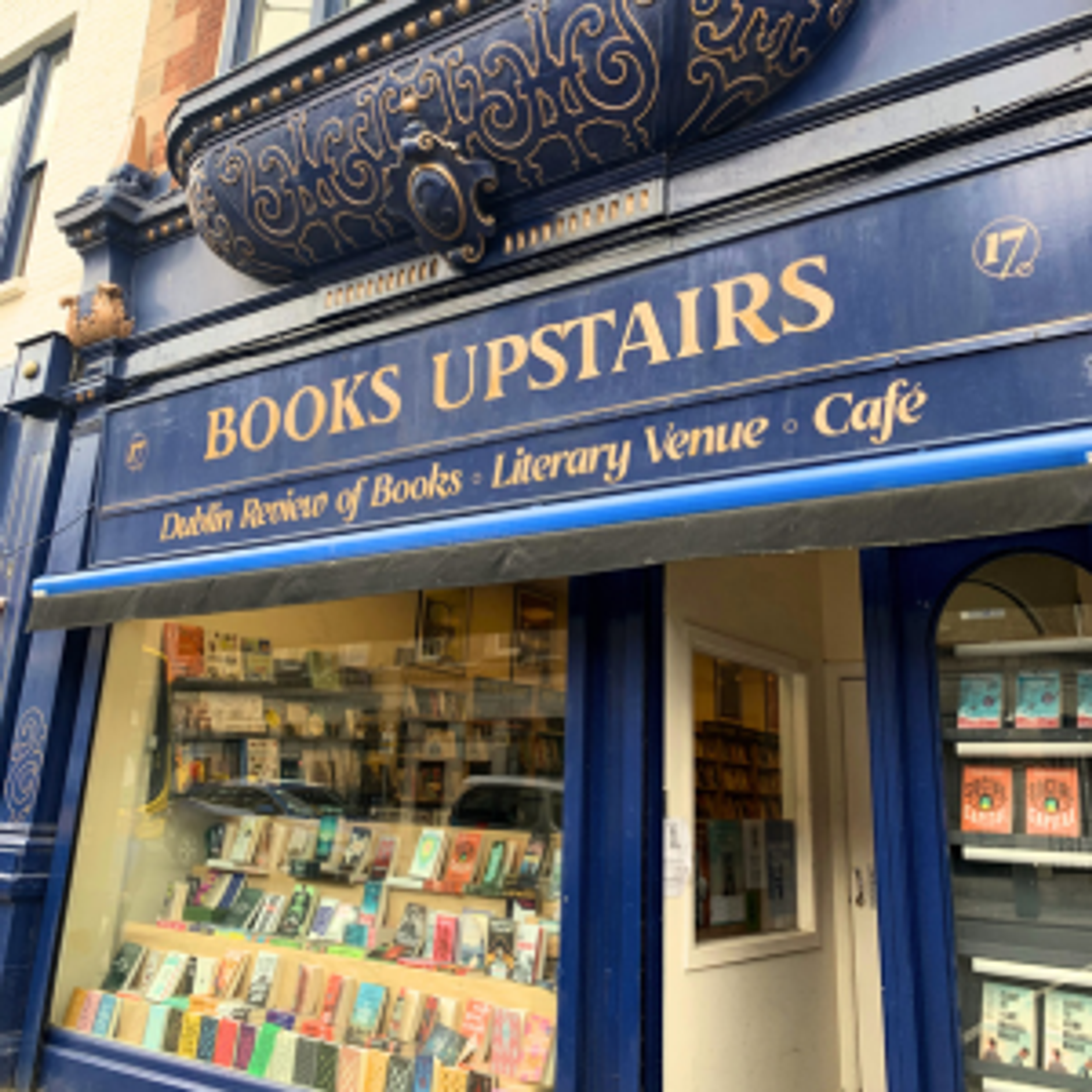
The simply-named Books Upstairs is the oldest independent bookshop in the city. Despite how traditional this place looks, the shop is far from out of touch. With entire sections dedicated to LGBTQ+ and Feminist literature, Books Upstairs champions less popular authors and genres. Downstairs, you can pick up a ‘blind date with a book’ for 15 euros. Upstairs, there’s a cafe - and unsurprisingly, more books. You won’t hear any typing in here, since laptops are banned and wifi is nonexistent. Time to get a head start on that TBR pile.
Don’t Miss: The second-hand section. Not only are the books cheaper, but sifting through the chaos is an activity in itself. If you’re a Folio Society collector, you’ll love this place.

Across the road is Hodges Figgis. If you’d like to explore Irish literature, this is the place to be, since it holds the largest stock of Irish books in the world. It also features in some of Ireland’s most widely read pieces of literature, including Sally Rooney’s Conversations With Friends, and James Joyce’s Ulysses.
Don’t Miss: The Ulysses special 100th-year anniversary hardback, with a gold foil illustration of Hodges Figgis itself on the cover. It’s the perfect bookish souvenir and looks beautiful on a shelf.
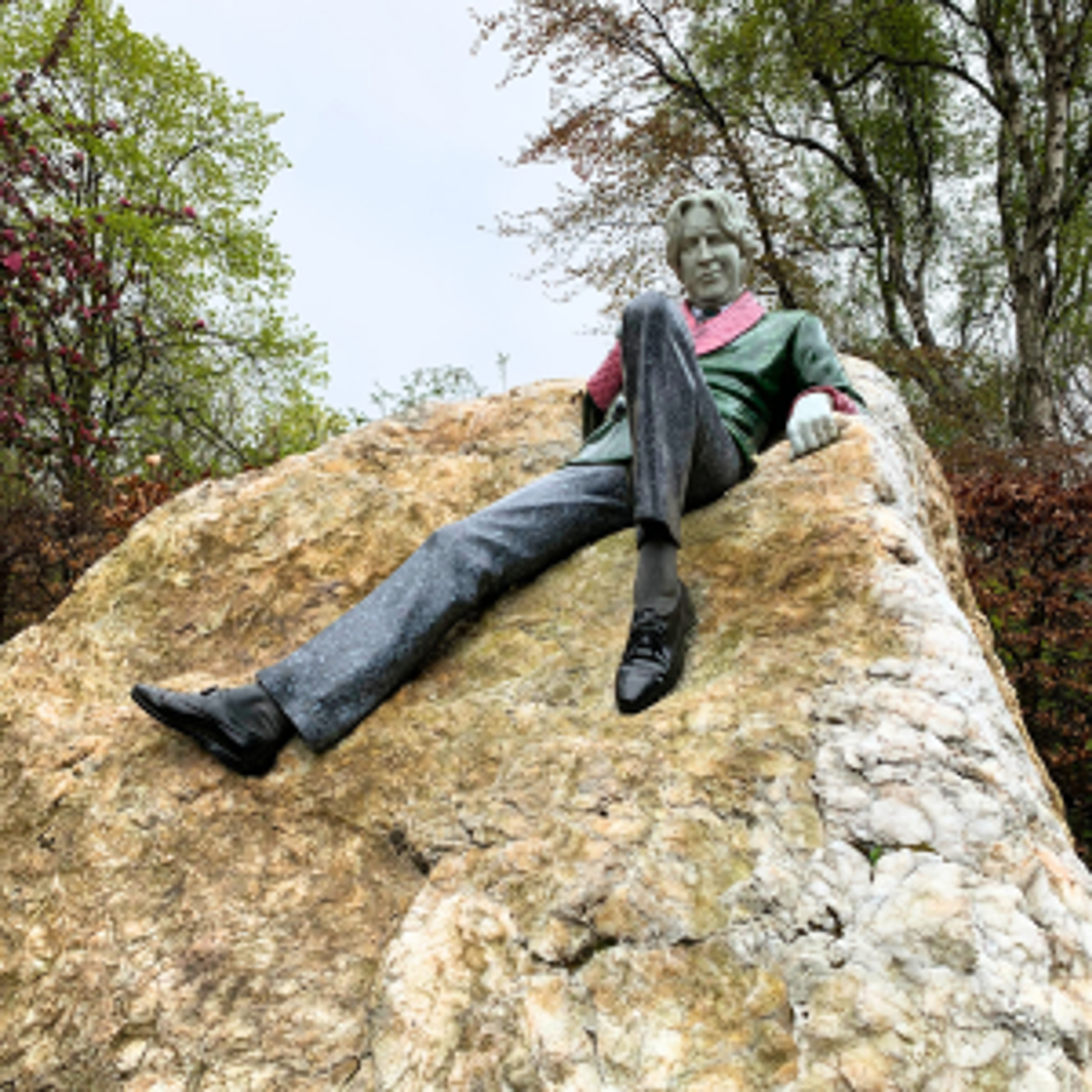
Dublin’s historical figures are immortalised in stone - and in one special case, jade - all over the city. We recommend setting aside half an hour to bask in their presence, whether that’s for an aesthetic Instagram post or inspiration for your next poem.
Begin your journey at the James Joyce statue on North Earl Street before crossing O’Connell Bridge. Then head to Merrion Square Park, where the famous Oscar Wilde lounges atop a quartz boulder. His vibrant legacy is mirrored in the artist’s choice of materials. His jacket is sculpted out of a deep green jade and pink thulite, his trousers from blue pearl granite and his shoes black Indian charnockite. He is portrayed as a man with opposing sides: from the left, his expression appears serious and thoughtful. From the right, however, he has a playful smile. Like his work, he encompasses both tragedy and comedy.
Beside Oscar Wilde, you’ll also find two other statues. These are not separate works of art, but all part of the same commemoration. On the left, there is a statue of Wilde’s wife, Constance, and on the right, a torso of Dionysus, the Greek God of wine, fertility, ecstasy, and most importantly, poetry and theatre.
Finally, walk another 15 minutes and take a seat with poet, Peter Kavanagh. Kavanagh had a complicated relationship with Dublin: born in rural Ireland, he moved to the city to further his writing career but found the same isolation in the capital as he did in the countryside. After his cancer diagnosis later in life, however, the poet rediscovered peace in what he called ‘the habitual, the banal’. It is fitting, then, that Kavanagh’s memorial faces a calming, leafy area of Dublin’s grand canal.
Don’t Miss: The quotations etched into Oscar Wilde’s pillars. From amusing remarks (‘Only dull people are brilliant at breakfast’) to more profound reflections, it’s worth a read for an introduction to Wilde’s zest and wit.
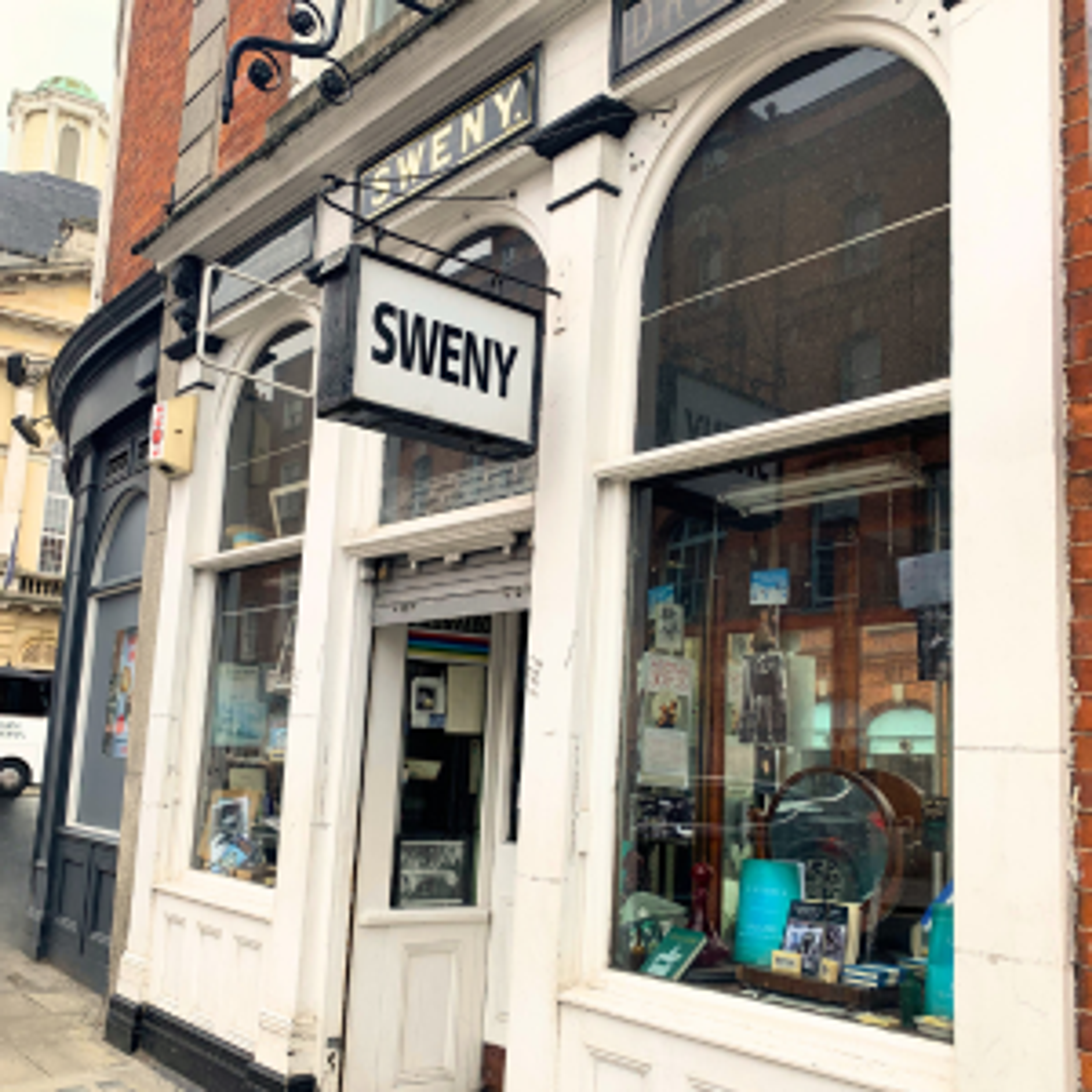
'He strolled out of the shop, the newspaper baton under his armpit, the cool wrappered soap in his left hand'.
These are the words of Joyce in Ulysses, describing his character, Leopold Bloom as he leaves this pharmacy in 1904 with a bar of lemon soap. This bar of soap serves as a good luck token for the rest of the day.
Fortunately, the Sweny’s of 1904 still remains, now a treasure trove of artefacts and second-hand books. Everything is still as it was, including some uncollected prescriptions from before 1903.
The best part of Sweny’s, though, is the warmth of its volunteers. There are no informational plaques here. Instead, you’ll learn everything through the conversations you have with the people passionate about the pharmacy’s history. If you’re lucky, you’ll even get to listen to some Irish folk songs.
Before you leave, don’t forget to prepare yourself for your own Homeric journey by buying a bar of lemon soap for just 5 euros.
Don’t Miss: The reading groups. If you’re looking for something free to do in the evening, Sweny’s hosts ‘reading groups’ every day of the week where regulars and tourists alike come to read sections of Joyce’s novels with a cup of tea. Weekly schedules can be found here.
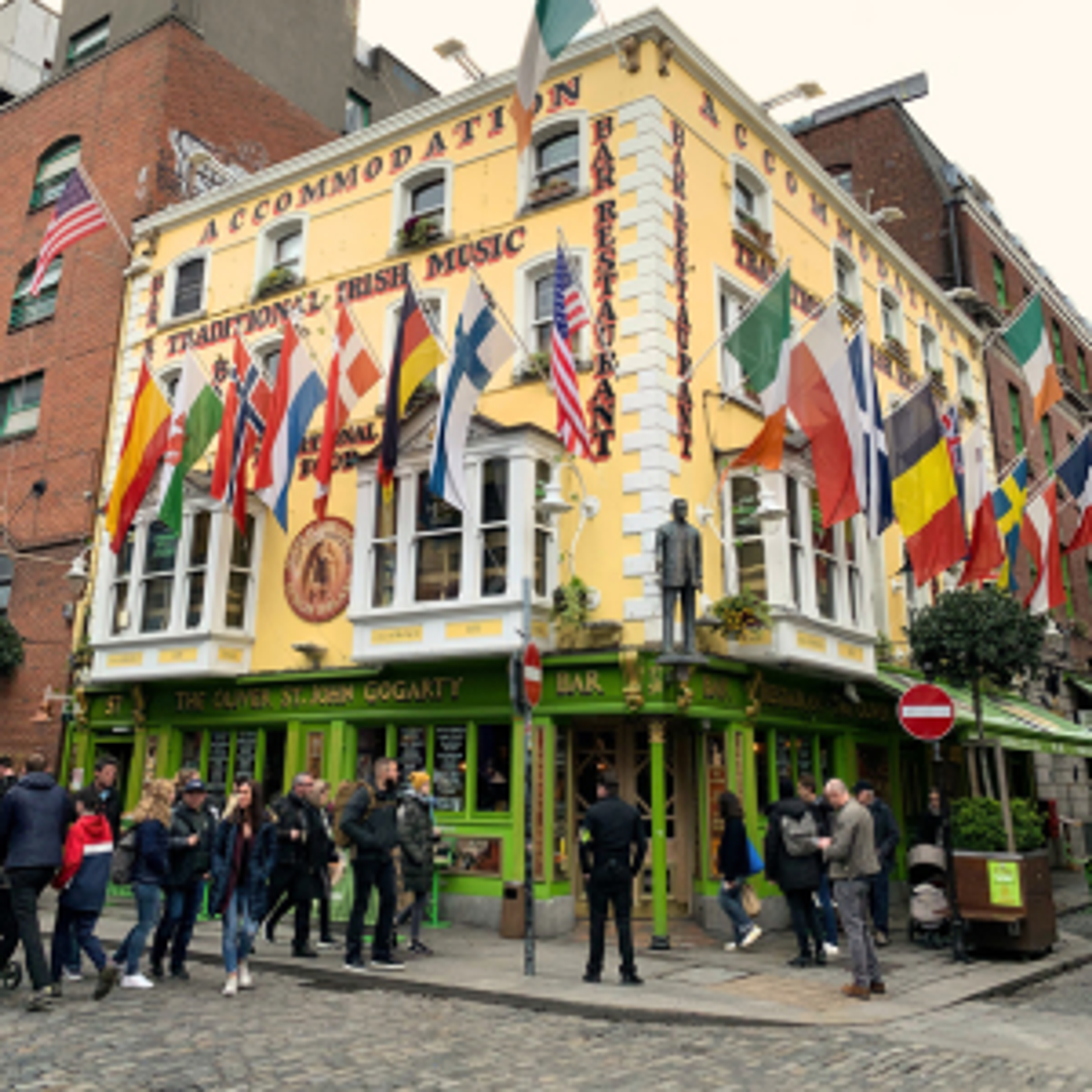
In Joyce’s Ulysses, Leopold Bloom notes that a ‘Good puzzle would be to cross Dublin without passing a pub’.
While there are certainly other things in Dublin besides Guinness, Bloom has a point. Pub culture is an essential part of the city’s social life, and it’s no different for Dublin’s writers and artists. These pubs served as places where new, exciting ideas could be shared freely, making them perfect spaces for Dublin’s writers and artists. Cheers!
This iconic pub in the heart of Temple Bar is named after the Irish poet and playwright, Oliver St. John Gogarty, who inspired the character Buck Mulligan in Ulysses. Over the years, it has attracted the likes of Beckett and Joyce to its three floors.
Two minutes away from O’Connell Street, Mulligan’s has a long history. It began as a ‘shebeen’, or unlicensed drinking venue, which became legal in 1782. The pub itself is mentioned in Joyce’s short story, Counterparts, and was a popular meeting place for journalists and writers in the 20th century.
For something slightly more upscale, we recommend Bailey. Frequented by Patrick Kavanagh and other iconic artists at home and abroad, including Evelyn Waugh and Charles Chaplin, Bailey has an extensive cocktail menu and a restaurant inside.
Don’t Miss: The live music. Many pubs around Temple Bar play traditional Irish music from the afternoon till late.
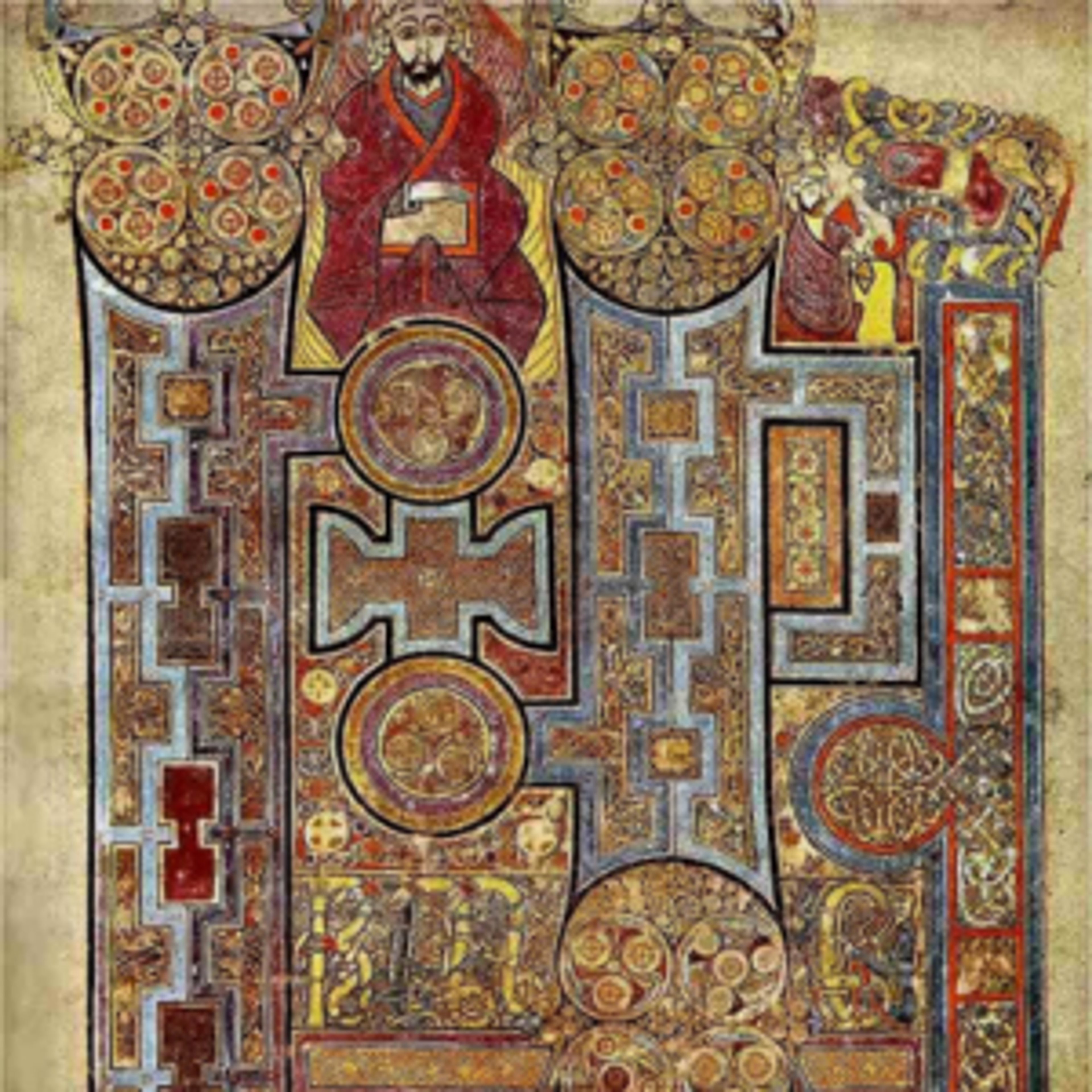
A literary tour of Dublin wouldn’t be complete without a trip to Ireland’s most well respected university, Trinity College. The university has a long list of literary alumni, including Oscar Wilde, Jonathan Swift, Sally Rooney, Samuel Beckett, and Bram Stoker. Its most iconic attraction, however, is the Old Library, housing The Book of Kells.
The Book of Kells is a Medieval illuminated manuscript written in Latin, believed to originate from a Columban monastery in 800 AD. If you view any page, you will immediately understand that this was a book made to be seen and worshipped, rather than read. Every page is covered in minute, intricate detail. Gerald of Wales, a Welsh priest well known for his miraculous and uncanny Topography of Ireland, described the manuscript as an experience of ‘penetrat[ing] to the very shrine of art’:
‘You will make out intricacies, so delicate and so subtle, so full of knots and links, with colours so fresh and vivid, that you might say that all this were the work of an angel, and not a man.’
Whether you believe in angels or not, The Book of Kells is an extraordinary insight into the Medieval imagination and proof that a book’s importance can lie just as much in its material beauty as in its words.
Don’t Miss: The Douglas Hyde Gallery. Situated on the college grounds, step back into the present day and discover the latest in contemporary art.
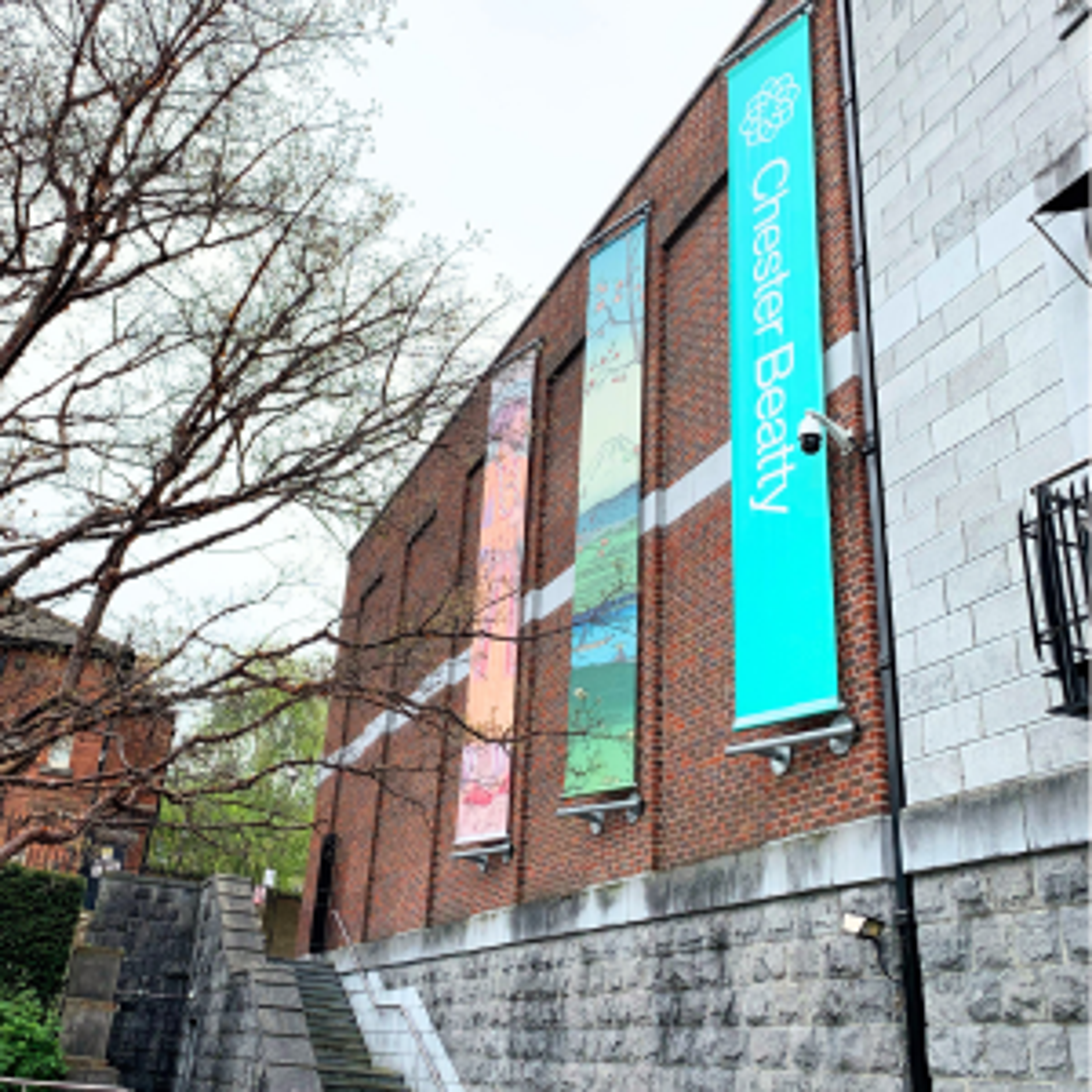
Despite MoLI’s historical setting in a complex of two Georgian houses, it’s a very new addition to Dublin’s great range of museums and galleries. Talks of creating a literary museum in Dublin began between the National Library of Ireland and University College Dublin in 2010, leading to its opening in 2019. MoLI is a celebration of Irish literature, with regular exhibitions as well as the Daedalus Library, containing a collection of academic texts and journals relating to James Joyce. Speaking of Joyce, here you’ll find the ‘number one’ copy of Ulysses.
If you’re not a Joyce fan, though, don’t fret. MoLI hosts a regular schedule of talks and events, including an audiovisual experience of Samuel Beckett’s The Unnameable, entitled ‘All These Words’. You can also learn about Brendan Behan in an exhibition that looks beyond the writer-as-caricature.
Don’t Miss: ‘First Fridays’. Every Friday evening of each month, the museum opens for free from 6 pm to 9 pm. You’ll have access to all the regular exhibitions with some added extras, including talks, readings, and a DJ set.

The Chester Beatty is a unique museum located on the grounds of Dublin Castle, making it a perfect way to combine seeing two sights. Self-describing as ‘promoting the appreciation and understanding of world cultures’, it’s not strictly a literary museum. Despite this, the Chester Beatty is worth a visit for its ample collections of old books, including their ‘Arts of the Book’ and ‘First Fragments’ exhibitions. If you’re interested in exploring literary artefacts from across the globe, then look no further than this small but impactful museum. Plus, it’s free.
Don’t Miss: The gift shop and cafe. If you’re tired of National Gallery prices, head to the gift shop for a very reasonably priced souvenir. You can buy a beautiful Japanese print for 9 euros, or a bookmark for 50 cents. While you’re there, enjoy some baklava at the Silk Road Cafe.
If you're intrigued by Dublin's literary offerings, take a look at our English Language Courses at our beautiful Dublin Centre, located just across the street from the James Joyce Centre.

Want to experience the best of Christmas in Ireland?
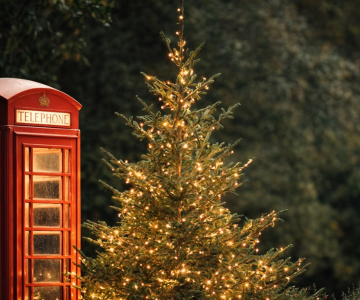
As supermarket shelves fill up with festive stockings and novelty Santa hats, London is transforming into a winter wonderland.

Embrace the festive season as an opportunity to learn English through movies with our top 10 Christmas films to watch this December!
We use technology on our website to personalize content, customize and measure advertising, and analyze website traffic. By clicking OK, you agree to the use of these technologies in their entirety.
Learn more in our Privacy Policy.